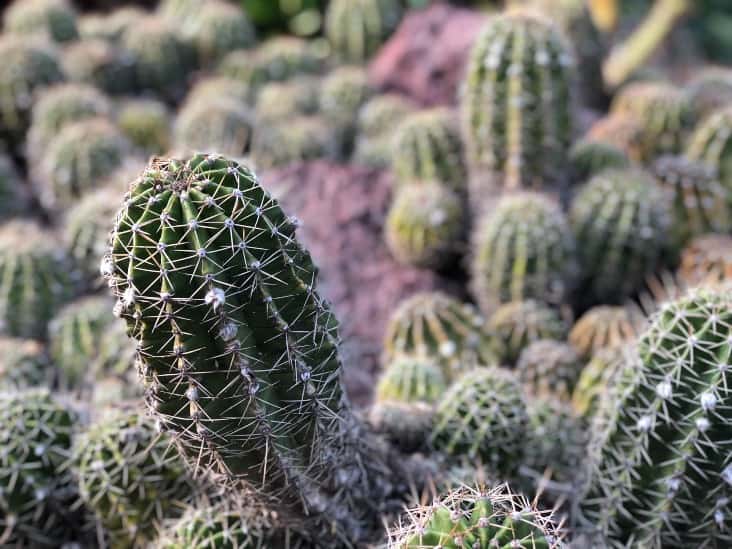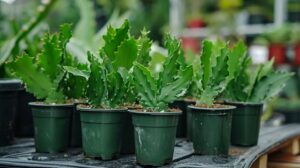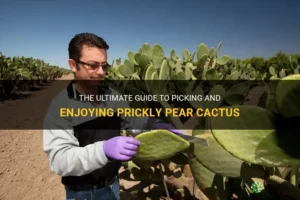When it comes to your beloved cactus, witnessing signs of rot can be a disheartening experience. Cacti are often seen as resilient plants, but they are not immune to decay. Understanding how to effectively intervene before it’s too late is crucial for any cactus caretaker. This guide will delve into the essentials of saving a rotting cactus, addressing key concerns and providing step-by-step solutions.
Recognizing Symptoms of Rotting
The first step in salvaging a rotting cactus is accurately identifying the symptoms that signify trouble. There are several telltale signs that can indicate your cactus is on the brink of decay.
Color and Texture Changes
Healthy cacti typically exhibit vibrant colors and firm textures. When a cactus begins to rot, the color may change—losing its vivacity and turning a dull brown or yellow. Additionally, the texture will shift from firm to mushy or spongy, revealing that the tissues within are breaking down.
Soft Spots and Leaks
Soft spots are another candor indicative of rot. If you notice any areas on your cactus that feel squishy or exhibit leaking, that could be an early sign of serious rot. In such cases, it is important to act swiftly to prevent irreversible damage.
Pungent Odors
Perhaps one of the more unappealing signs of rot is the odor it emits. A rotten cactus may produce a distinct smell, reminiscent of decay, which is often produced by bacteria feeding on the decaying tissues. Addressing the issue quickly can prevent the further deterioration of the plant.
Immediate Actions to Take
If you suspect your cactus is rotting, immediate intervention is paramount. The longer the rot persists, the less likely the plant can be salvaged. Here are pivotal actions to consider:
Isolation of the Affected Plant
To prevent the spread of potential pathogens to your other plants, isolate the rotting cactus as soon as possible. Placing it in a separate area will help mitigate the risk of contagion and allows you to examine it without distractions.
Examine the Roots
Next, examine the roots of the cactus. Carefully remove the cactus from its pot, shaking off excess soil. Look for dark, mushy roots—these are signs of rot. Healthy roots should look firm, plump, and pale in color.
Trim Away the Rot
Using sterilized pruning shears, gently trim away any soft, rotten areas, both in the roots and on the stem of the cactus. This action removes decayed tissue and allows the healthier parts of the plant to rebound. Be sure to cut well beyond the visibly affected areas, as rot can travel into healthier sections as well.
Allowing the Cactus to Callous
After trimming, it’s essential to let the cut areas callous over before repotting. Place the cactus in a dry location for a couple of days, which permits the exposed cuts to harden, reducing the likelihood of further rot after repotting.
Choosing the Right Soil Mixture
Once the cactus has sufficiently calloused, it’s time for repotting. Select a well-draining soil mixture, formulated specifically for cacti. This will ensure that excess moisture doesn’t accumulate around the roots, which is key in promoting healthy growth and preventing future rot. A combination of cactus soil, perlite, and sand can create an ideal growing medium, encouraging drainage while retaining some necessary moisture.
Repotting the Cactus
Carefully place the cactus back into its pot, ensuring that the roots spread out slightly. Add the well-draining soil mix, firmly but gently packing it around the base of the cactus. Avoid watering immediately after repotting; instead, allow the soil to dry out completely before reintroducing water.
Long-Term Care Strategies
Once your cactus has been saved from the brink of death, it is vital to establish a riparian regime for its long-term well-being.
Watering Practices
One of the most common causes of rot in cacti is overwatering. Adopt a watering schedule that aligns with the seasonal needs of your cactus. Generally, during the growing season (spring and summer), you may water weekly, adjusting frequency as needed based on the moisture level of the soil. Conversely, in the dormant season (fall and winter), reduce watering significantly.
Monitoring Light Conditions
Optimal light conditions are essential for the health of any cactus. Ensure your cactus receives plenty of indirect sunlight, avoiding placing it in direct light during the hottest parts of the day, as this can exacerbate water loss through evaporation, impacting the plant’s hydration levels.
Regular Inspection
Conduct regular check-ups on your cactus for signs of stress, pests, or potential rot. Observe for any changes in color, texture, or scent. Early identification of issues will ensure swift action can be taken, warding off future concerns before they escalate again.
Conclusion
Saving a rotting cactus before it’s too late requires vigilance, knowledge, and practical care. By identifying the symptoms early, taking immediate corrective actions, and establishing a solid care regimen, you can nurture your cactus back to health. Remember, these unique plants continue to thrive not just by their resilience but through the dedicated care of their keepers.





Leave a Comment